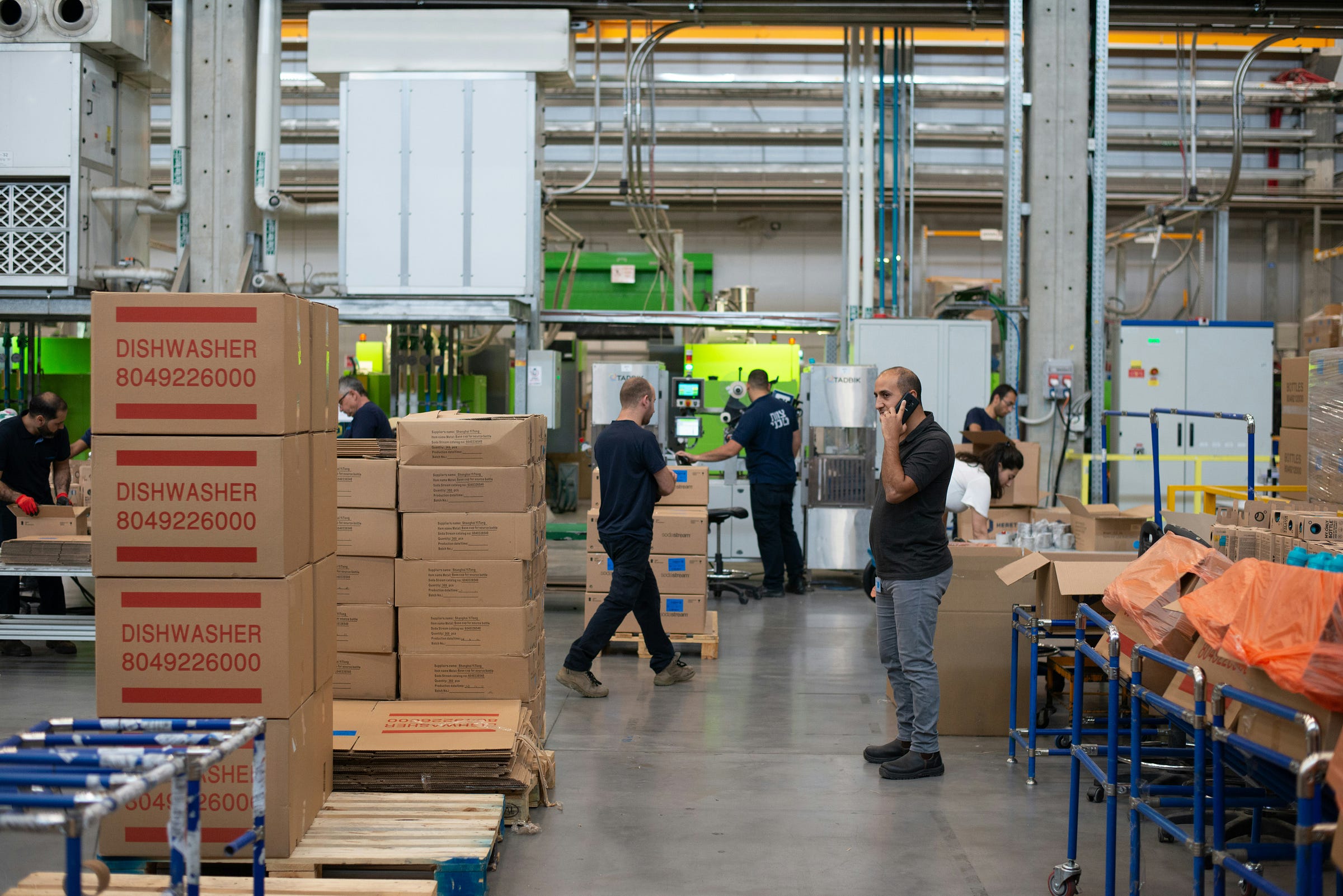Photo by Remy Gieling on Unsplash
President Trump’s push to revive American manufacturing faces an unavoidable challenge: too few people want to work in factories anymore. Roughly 400,000 manufacturing jobs remain unfilled, and the shortage is expected to worsen as more production shifts back to the U.S., according to the Bureau of Labor Statistics.
Baby boomers are retiring, and not enough young workers are stepping in to replace them. This workforce gap has consistently ranked among manufacturers’ top concerns since 2017, says Victoria Bloom, chief economist at the National Association of Manufacturers. While trade tensions and raw material costs have recently overshadowed hiring in company surveys, the long-term labor shortage remains a pressing threat.
“We spent three generations telling everyone they needed a college degree or they’d fail,” Ron Hetrick, an economist at Lightcast, a labor data firm told The New York Times. “Now we’re paying for it — we still need people to use their hands.”
Barriers to Attracting Workers
The reasons behind the gap are complex. Many factory jobs don’t pay enough to pull workers away from service roles that offer better hours or more comfortable conditions. Trump’s strict immigration policies have also reduced the flow of new workers who might fill these roles.
Meanwhile, modern manufacturing increasingly depends on advanced machinery and software, requiring more training than in past decades. Employers can’t simply hire high school graduates and put them on the floor without investing in skill development.
Attracting young people is also harder when high school counselors still measure success by how many graduates go to four-year colleges. Many college grads, in turn, lack the practical skills needed in today’s factories — fueling a mismatch where the economy has both underemployed degree-holders and unfilled blue-collar jobs.
Keep reading with a 7-day free trial
Subscribe to The Rising Tide to keep reading this post and get 7 days of free access to the full post archives.




